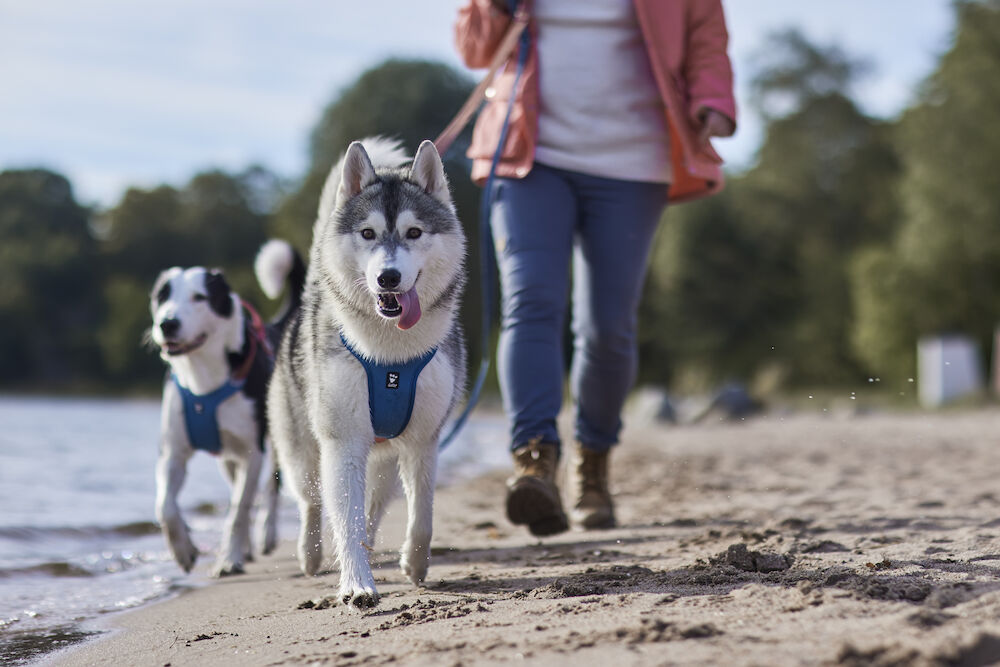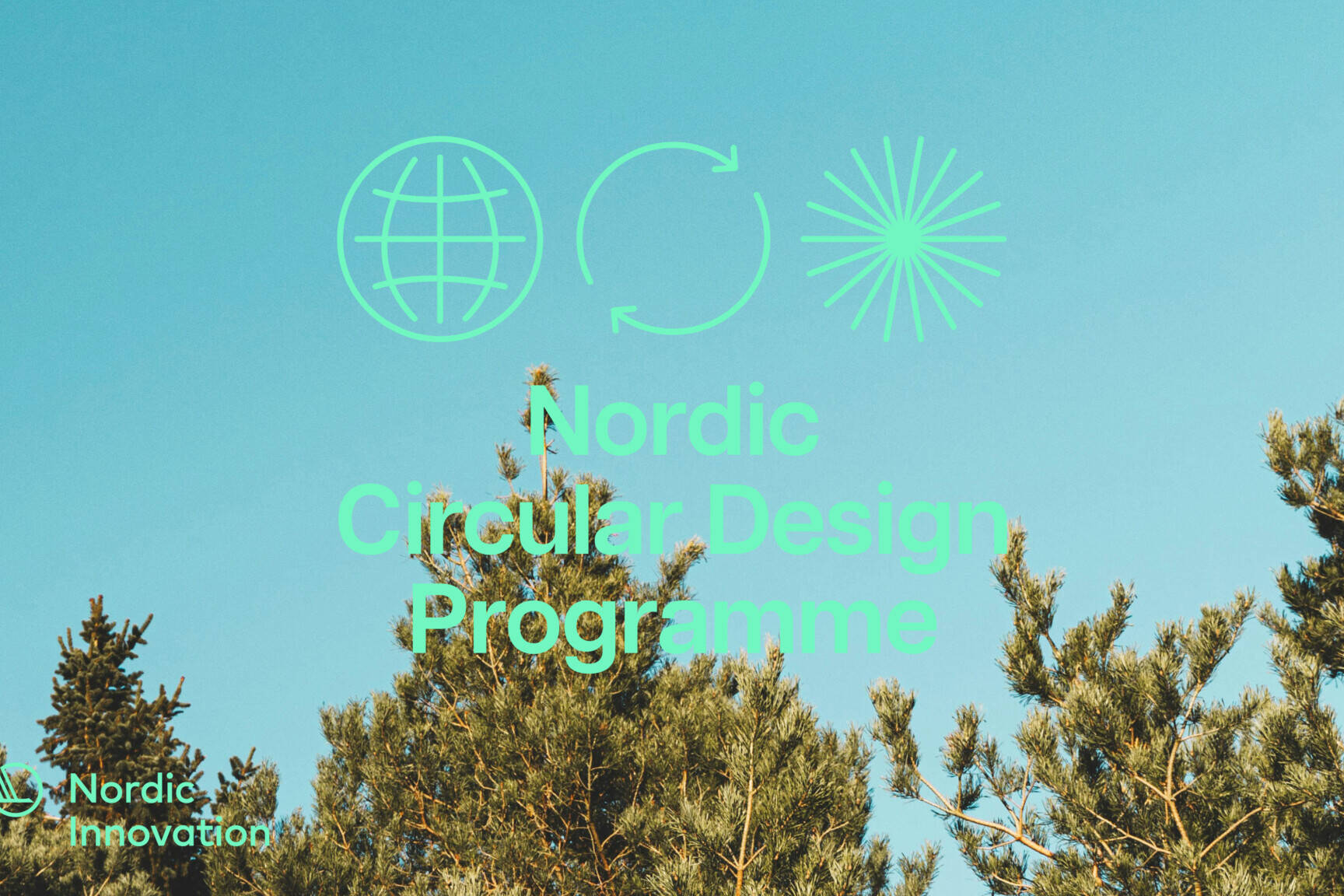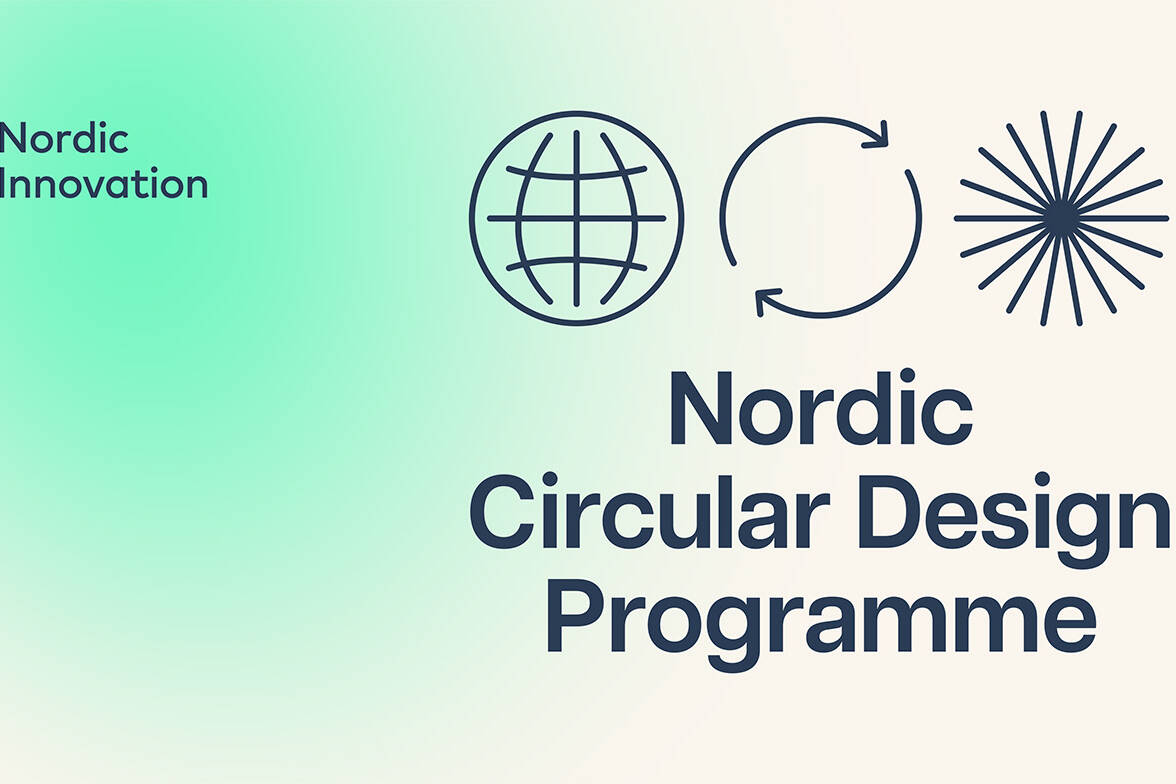
I was genuinely surprised to learn that Hurtta has hundreds of dogs as their test models and that they do four (!) rounds of modelling before a new Hurtta product is launched on the market.
For those of you not so familiar with Hurtta, Hurtta is about happy dogs and happy planet: operating globally, they design and manufacture mantels, collars and adventure harnesses for our four-legged friends.
We’ve had the privilege to work with the Hurtta team for nearly 2 years to date. We first started with the Nordic Pet Care Group level Sustainability Strategy, Hurtta being one of the Group’s brands. We then moved on to do Hurtta specific projects. Starting with the Circular Design Sprint, we mapped out opportunities across the Hurtta’s lifecycle and defined the ambition level for 2030 to be a “fully circular product”. It served as a great starting point to deepen the Hurtta team’s knowledge and prioritise the work ahead of us.
Since the Sprint, we’ve developed a holistic Sustainability Roadmap 2030, Ciruclar Design Guidelines and Sustainable Materials Library, to mention but a few.
What does a circular product mean?
 As you know, a circular product requires 1) choosing right materials to ensure durability and safe circulation 2) green chemistry 3) product features that enable repair and reuse of the product and finally recycling of materials back into production. In addition, a circular product requires system-level solutions, such as a take-back programme, re-processing/re-manufacturing processes and a circular business model. And it goes without saying that CO2 emissions need to decrease significantly as part of a circular journey. That’s why it is necessary along the way to calculate the impact to make sure creating solutions in one place doesn’t create problems in another place.
As you know, a circular product requires 1) choosing right materials to ensure durability and safe circulation 2) green chemistry 3) product features that enable repair and reuse of the product and finally recycling of materials back into production. In addition, a circular product requires system-level solutions, such as a take-back programme, re-processing/re-manufacturing processes and a circular business model. And it goes without saying that CO2 emissions need to decrease significantly as part of a circular journey. That’s why it is necessary along the way to calculate the impact to make sure creating solutions in one place doesn’t create problems in another place.
Luckily the EU has taken a solid stance on pushing circularity forward. As part of the Circular Economy Package, they recently published a textile strategy to accelerate the transition to circularity in the textile sector. The strategy sets out a 2030 vision for the entire industry:
”By 2030 textile products placed on the EU market are long-lived and recyclable, to a great extent made of recycled fibres, free of hazardous substances and produced in respect of social rights and the environment. Consumers benefit longer from high quality affordable textiles, fast fashion is out of fashion, and economically profitable re-use and repair services are widely available. In a competitive, resilient and innovative textiles sector, producers take responsibility for their products along the value chain, including when they become waste. The circular textiles ecosystem is thriving, driven by sufficient capacities for innovative fibre-to-fibre recycling, while the incineration and landfilling of textiles is reduced to the minimum.”
All in all, Hurtta is on a systematic journey to embed circularity at all levels of business operations. The company serves also as a great example of bringing sustainability and circularity in the heart of brand work. We’ve enjoyed the ride and so has the Hurtta team:
“ What a great circular journey we’ve had with the Ethica’s team! Ambitious circular & sustainability goals are now part of our strategy, brand and competitive edge!” – Kati Rissanen, Brand Manager


